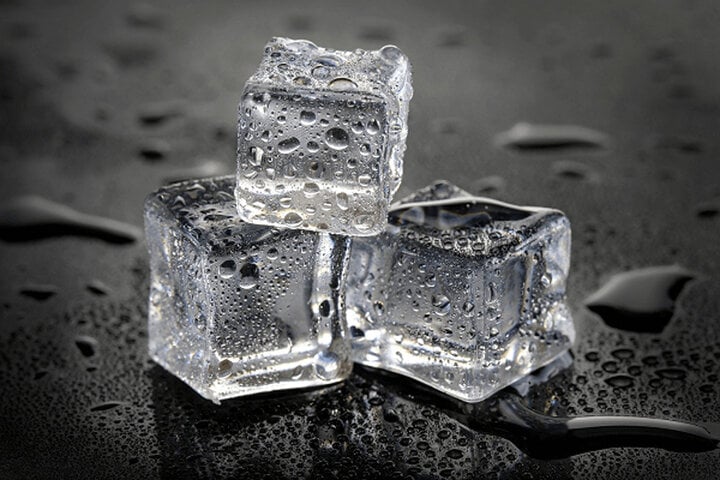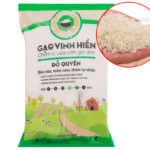Typically, people use ice in drinks or for beauty purposes. In reality, ice also has many useful functions for cooking that many people may not know.
There are quite a few clever tricks using ice, such as dropping a cold ice cube into a pot of soup can save the day.

Dropping a cold ice cube into a pot of soup, what does it do? (Image: Javatpoint)
What does dropping a cold ice cube into a pot of soup do?
If you have ever accidentally poured too much cooking oil into a dish, or when making soup, broth, or noodle soup, the oil is floating on top, you can use ice to deal with it.
All you need to do is wait for the soup to cool down, and when the oil is floating on top, drop a few small ice cubes into the pot and stir well to allow the fat to be absorbed into the ice. The fat will quickly stick to the ice, and at that point, you can use a spoon to lift out the ice and remove excess fat quickly, making your soup much lighter.
For a hot pot of soup, you can use the following method to remove the oil foam:
– Turn down the heat so the soup boils gently. Use a ladle to scoop up some cold ice cubes, the more ice, the better.
– Use the ladle with the ice to skim lightly over the surface of the soup. The oil, being lighter than water, will rise to the top. The cold ice will cause the fat to quickly solidify into a thin film, sticking to the ladle, making it easy to lift it out of the pot.
– After the foam has stuck to the ladle, the soup will clear again; you can remove the ice and wash the ladle. If there is still foam remaining in the pot, you can use another spoon or ladle to scoop out the foam and repeat the same steps. The end result will be clear soup with a clean taste, without any greasiness.
The uses of ice in cooking
Not only does ice help reduce the oil in soup, it also has many other uses in cooking such as:
Keeping vegetables crispy
In order to keep boiled vegetables from losing their vibrant green color, you can immediately transfer the vegetables into a bowl of ice water and let them cool completely. This method also helps to make the vegetables crisper.
In addition, ice can help keep bitter melon fresh and crispy, reducing bitterness, making it perfect to eat with dried shredded meat and fish sauce. You can wash the bitter melon, slice it, and soak it in ice water for about 15 minutes, or place it on a plate with a food-grade plastic wrap.
For boiled meat or pork offal, you can also soak them in ice water to cool quickly and become firm, easy to slice. If it’s boiled pig’s heart or chicken feet, the dish will be even more delicious.
Getting rid of the pungent smell of onions
If onions are not prepared properly, they can become pungent and sometimes affect the taste of other ingredients in the dish. Therefore, after cutting the onions, soak them in ice water for about 30 minutes and then drain. At this point, the onion smell will significantly decrease and become more pleasant.

Ice cubes have many uses in cooking. (Image: Aussienatural)
Reheating rice
When reheating cold rice, you can mix the rice well and add a few ice cubes, cover it, and cook as normal until the rice jumps to the keep-warm setting.
The ice will quickly melt and seep evenly into the rice grains, making them soft and chewy without becoming dry and hard. The steam from the melting ice will also help the rice grains to be plump but not mushy and prevent them from sticking to the bottom of the pot.
Cleaning bottles and jars
For bottles with small openings that are difficult to wash with your hands, you can add a few ice cubes along with a little salt and lemon juice to the bottle. Shake well until the inside is clean, rinse again with boiling water (or hot water). Lemon juice is very effective at removing unpleasant smells.
Source: VTC news






































